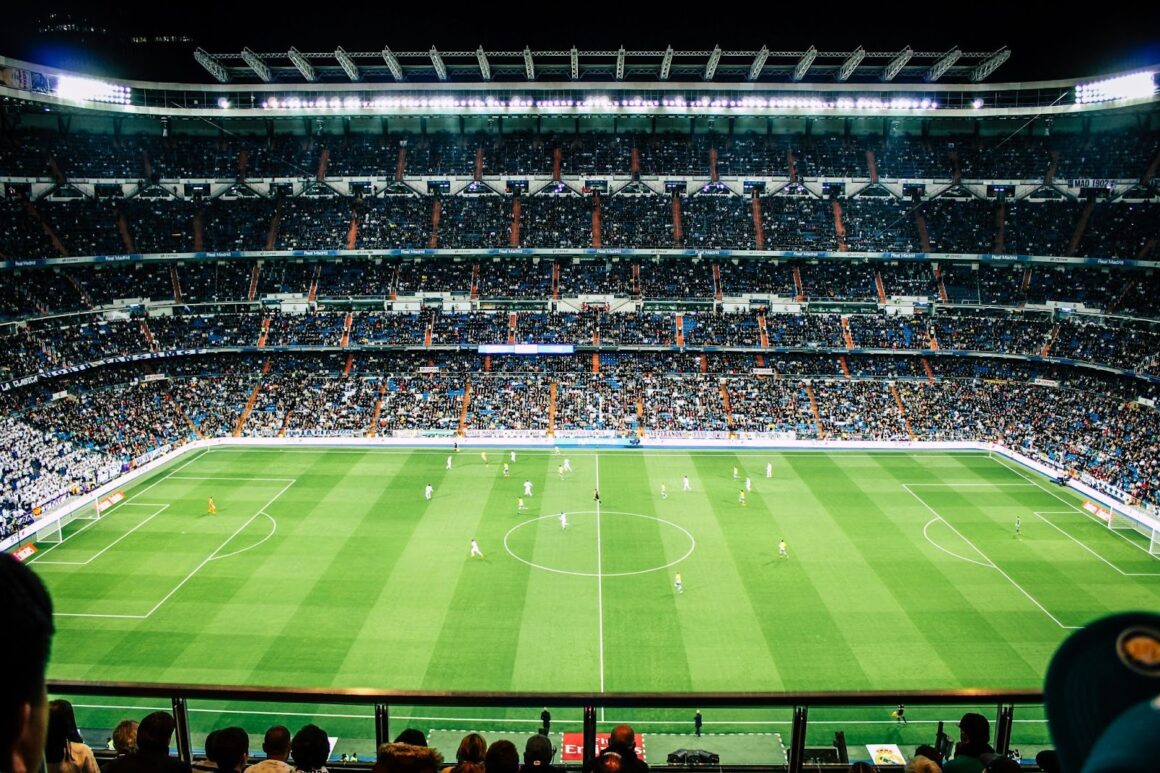Football has been extremely revolutionized in the last twenty years, and the position of the wide players is one of the main developments that took place. The inclusion of traditional crosses at the edge of the pitch is replaced by an inverted winger, and these inverted wingers are players who make an in cut through the flank, switching to their stronger foot to hurl out a forthcoming shot and a pass.

Players on the pitch
Style Revolution: Pioneers of Inverted Wingers
Attacking nature was also inverted, as in lieu of crosses, dribbling and shooting through the middle were done. This way was first done by Ronaldinho (180 cm). He was occasionally spotted at a time at “PSG,” but at “Barcelo” between 2003 and 2008, he was at his best, thereby making a total of 94 goals and 71 assists. Players like him, whose actions influence predictions on platforms such as https://bizbet.africa/, set the tone for matches where goal and assist stats become crucial. Ronaldinho brought the title of the champions to the “Barca” team in the year 2006, and this made an indelible mark.
The inverted winger was personified also by the player known as Arjen Robben (180 cm): his right- and left-footed goal efforts were anticipated and inexplicable at the same time. He earned 144 goals with Bayern from 2009 to 2019, eight domestic championships, and one European championship of Europe in 2013.
Modern Icons: Versatility and Efficiency
Mohamed Salah and Cristiano Ronaldo are modern inverted wingers who have taken the position to new levels. Salah (175 cm), a right-winger who plays with his right foot, has been the face of Liverpool since 2017, scoring 246 goals and making 114 assists. His inwards runs and right-footed goalscoring made him a Premier League sensation. He netted 44 goals in the 2017/18 season, propelling Liverpool into the Champions League final. His statistics, which can be analyzed through the use of the application bizbet, show the merits of these types of players for win and goals betting. Salah has proven that wingers can be leading scorers without the presence of a traditional center-forward.
- Salah’s record: 246 “Liverpool” goals, a record 44 in 2017/18;
- Ronaldo at “Real”: 252 goals in five seasons as a left winger;
- Neymar at “Barça”: 105 goals and the title of the 2015 Champions League as part of the MSN trio;
- Ribéry in the treble: 22 goals and 18 assists in 2012/13 for “Bayern”;
- Robben in the Bundesliga: 99 goals and 8 titles in 10 years.
Coming to “Man United” as a right winger (187 cm), at “Real” since 2009 as a left winger, within his first five seasons, he scored about 252 goals. At that time, he was moved to play in the middle, but his impact as a winger was very high: 450 goals in 438 games and four titles of the Champions League. His groundwork, ability to shoot and dribble, and speed were standard.
This period was completed by Neymar (175 cm). Playing on the right as a left-footer at Barcelona between 2013 and 2017, he scored 105 goals in three seasons with Messi and Suarez. In 2015, their greatest genius was achieved in the Champions League.
New Generation: Promise and Audacity
The new generation of inverted wings will be Lamine Yamal (180 cm) and Vinícius Júnior (176 cm). Right-winger Barcelona defender (and left interested) Yamal made his debut at the age of 16 and scored 7 goals and 10 assists in the 2024/25 season as a Ballon d’Or candidate. The speed and analysis of his technique, which can be studied on www.bizbet.africa/line, make him dangerous every time, and his courage tears defenses to shreds. Vinicius, a left-wing winger, scored 24 goals during the 2023/24 season and mopped up in the Champions League, bringing them to an 83-goal club record as of 2025.
Eden Hazard (173 cm), a world media star in his time, and Lionel Messi (170 cm), a Barcelona right flanker who scored 91 goals in 2012 and had taken four Ballon d’Ors in a row, also demonstrated how the role of the inverted winger continues to change by creating a competitive advantage in the game and making it exciting.
Conclusion
Inverted wingers have transformed football, turning the flanks into hubs of creativity and goals. By having the ability to cut inside, dribble, and score, they break traditional molds, creating spectacle. These players continue to inspire, and football becomes ever more unpredictable and colorful.













